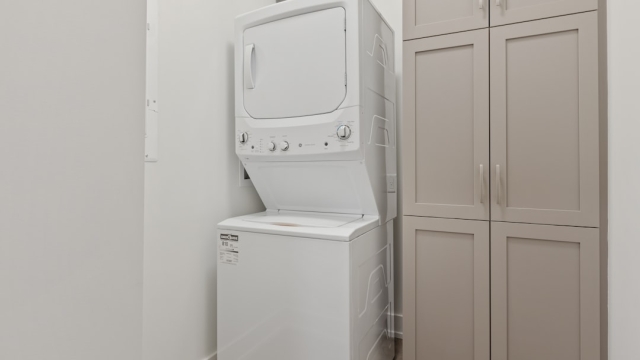Proper installation of laundry equipment is crucial for ensuring efficient operation and longevity of the machines. Whether you are setting up a new laundry service, upgrading your existing equipment, or establishing a home laundry area, understanding the installation process can save you time and money. This article provides a comprehensive guide on laundry equipment installation, including a step-by-step approach, common challenges you may face, and tips on selecting the right service provider for your installation needs.
Step-by-Step Guide to Laundry Equipment Installation
When it comes to laundry equipment installation, preparation is key. Here’s a step-by-step guide that outlines the essential tools and procedures to follow:
1. Gather the Necessary Tools
Before beginning the installation, ensure you have the following tools ready:
- Wrenches and screwdrivers
- Level
- Measuring tape
- Pliers
- Drill (if needed)
- Safety goggles and gloves
2. Prepare the Installation Area
Choose a space that is well-ventilated and has easy access to plumbing and electrical connections. Clear the area of any debris and ensure the floor is level. If you are replacing old equipment, remove it carefully to avoid damaging any plumbing or electrical setups.
3. Read the Manufacturer’s Instructions
Each piece of laundry equipment may have specific installation requirements. Always refer to the manufacturer’s manual for detailed instructions before proceeding. This will help you understand any unique considerations for your equipment.
4. Connect the Water Supply
For washing machines, you will need to connect the water supply hoses. Ensure that the hot and cold hoses are correctly attached to the corresponding water valves. Tighten the connections securely and check for leaks.
5. Install the Drainage System
Proper drainage is essential to prevent water buildup. Connect the drainage hose to the machine and ensure it is positioned correctly in the drain or laundry tub. Secure it to avoid any movement during operation.
6. Set Up Electrical Connections
For electric machines, plug them into the appropriate outlet. If the equipment requires a dedicated circuit, ensure that it is installed by a qualified electrician. Safety should always come first.
7. Level the Equipment
Use a level to make sure the machines are perfectly aligned. This prevents excessive vibrations during operation and helps maintain the equipment’s longevity.
8. Conduct a Test Run
Once everything is connected, run a test cycle to ensure that the machines are functioning correctly. Check for any leaks or unusual noises and make adjustments as necessary.
Common Challenges and Solutions During Installation
While installing laundry equipment, you may encounter some challenges. Here are a few common issues and how to address them:
1. Uneven Floors
If your floor isn’t level, it can cause machines to vibrate or not function properly. Use adjustable feet on the equipment to help stabilize it, or consider using shims to level the machines.
2. Insufficient Water Pressure
Low water pressure can affect the washing machine’s performance. Check for any clogs in the water supply hoses and ensure that the valves are fully open. If the problem persists, consult a plumber.
3. Electrical Issues
If the equipment won’t power on, double-check that it is properly plugged in and that the outlet is functioning. For persistent electrical issues, it’s best to contact a qualified electrician.
Choosing the Right Service Provider for Laundry Equipment Installation
If you prefer to hire professionals for your laundry equipment installation, choosing the right service provider is essential. Here are some tips to guide your selection:
1. Research and Reviews
Look for service providers with positive reviews and a solid reputation. Word-of-mouth recommendations can also be valuable in finding trustworthy installers.
2. Ask the Right Questions
When interviewing potential service providers, inquire about their experience with laundry equipment installation, any warranties they offer, and their process for handling unexpected challenges.
3. Get Multiple Quotes
Request quotes from several providers to compare pricing and services. Look for transparency in their estimates and what is included in the price.
In conclusion, proper laundry equipment installation is vital for optimal performance. By following the steps outlined above, addressing common challenges, and selecting a reputable service provider, you can ensure a smooth installation process. For additional resources and equipment options, you may explore various products related to laundry equipment installation.

